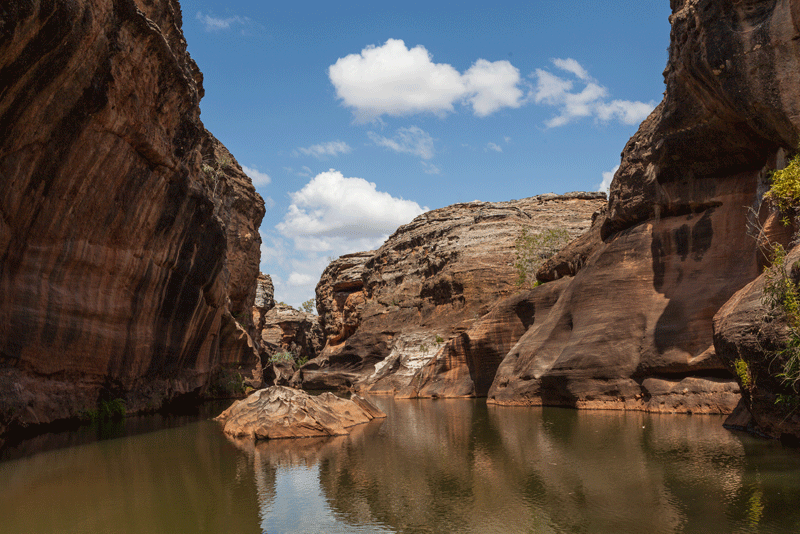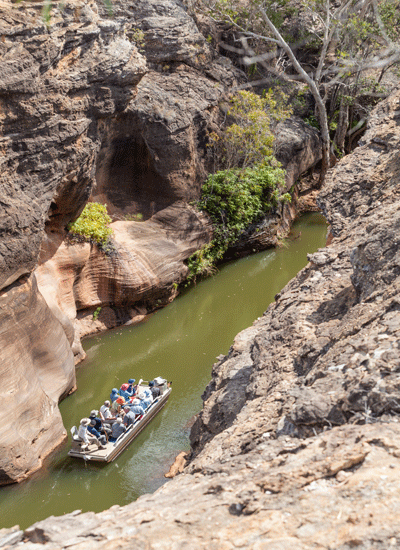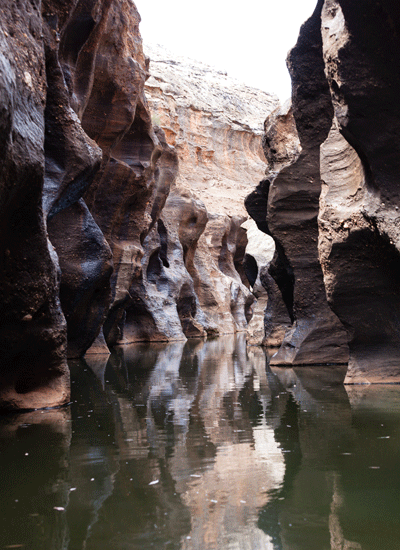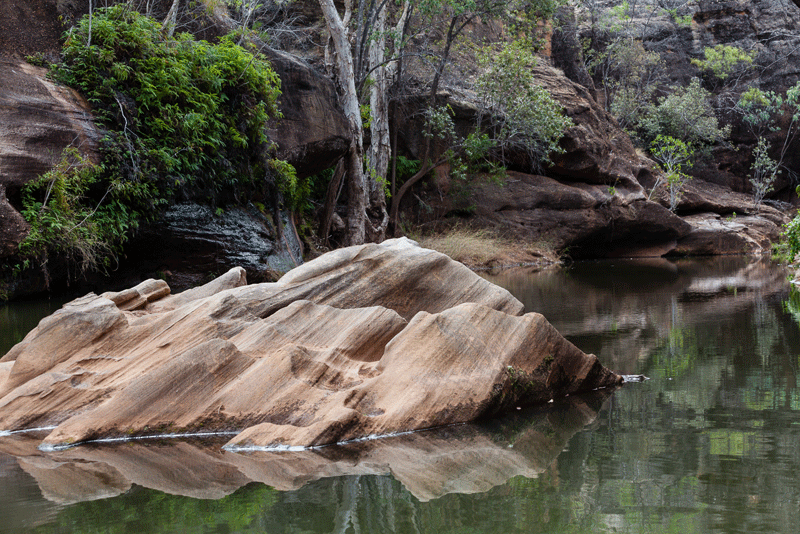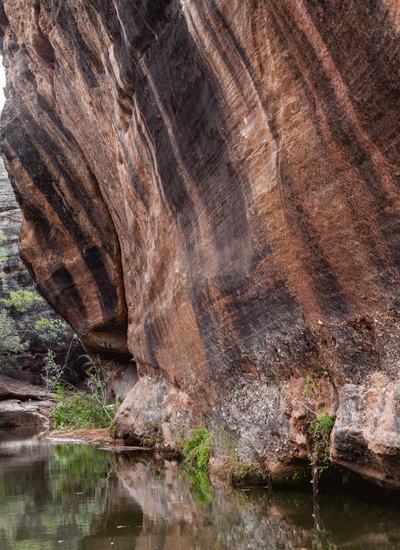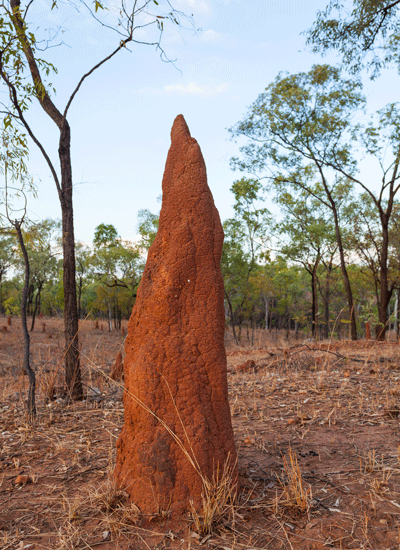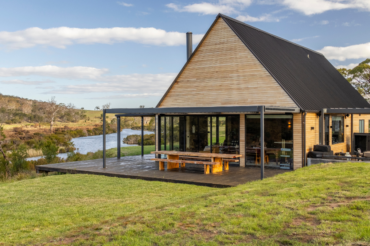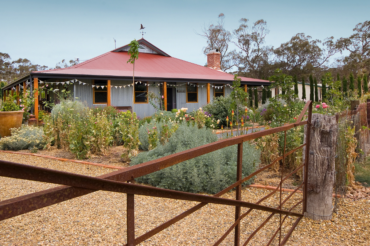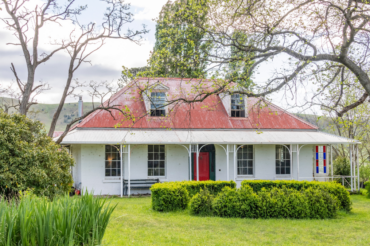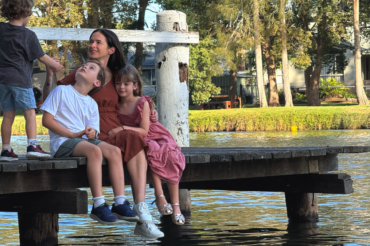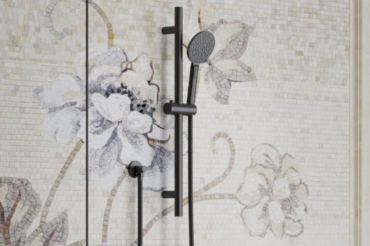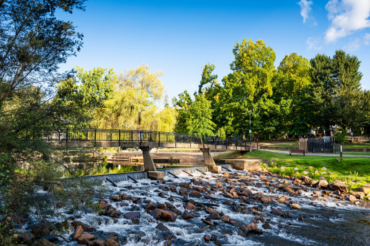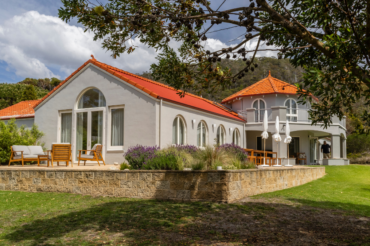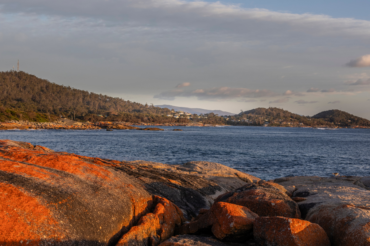It doesn’t take long in far north Queensland to realise that everything is big up there. The big-brimmed hats the stockmen wear to protect themselves from the searing summer heat, the parabolic blue skies that stretch from horizon to horizon with barely a man-man structure interrupting them, the distances people travel to access even the most basic of services … from the personalities of the locals and the yarns they spin, to the size of the cattle stations and the height of the termite mounds that punctuate the landscape, it seems everything about life in the pointy end of Queensland is magnified.
All this is taken for granted by Simon and Gaye Terry, whose family has owned Robin Hood station, in the middle of the Gulf Savannah region since 1964 and lived there permanently since 1971. Fortunately for the travelling public, however, the potential of a stunning landmark in their own backyard was not overlooked when they came across it in 1992.
Robin Hood station, which is located roughly midway between Cairns on the east coast and Karumba on the Gulf of Carpentaria, was first taken up in 1901 by Cornish-born James Clark and his wife, Amelia. Its name refers to the region’s gold-mining history as the property was next door to the Sherwood mining lease. Simon’s parents, Cob and Mary Terry, were graziers and stock dealers from Hughenden and on one of his cattle buying trips to Georgetown Cob met Eddie Clark of Robin Hood. Cob asked Eddie for first option in the event of a sale, and years later, the transaction finally took place.
The Robin Hood holding is the size of European province, 1284 square kilometres in total with three airstrips, five sets of cattle yards and measuring 150km around the boundary. In the early 1990s, the family divided up the big station and Simon took over Howlong, a 320-square-kilometre portion of the original station. The family had long watered cattle on Cobbold Creek, a tributary of the Robertson River, which in turn drains into the mighty Gilbert River, which enters the Gulf of Carpentaria some 500km further north.
As names and dates etched in the sandstone surrounding a permanent waterhole on the creek testify, the Terrys and their predecessors had enjoyed picnics, swimming and fishing there since the early 1900s. But it wasn’t until 1992 that Simon and a couple of his old mates from boarding school decided to take a tinny with an outboard into the narrows of the gorge to explore more fully. What they found was about six kilometres of rock falls and waterholes, bounded on either side by 30-metre cliffs. The gorge itself narrows in places to about two metres wide, which indicates that, geographically speaking, it is a young feature. The diversion of Cobbold Creek that created it probably occurred in the past 10,000 years, which is a blink of an eye in a landscape that was formed almost 1700 million years ago.
As the youngest of seven children, Simon was only a youngster when the family moved to Robin Hood. A firm believer in education his mother, Mary, initially taught the children by correspondence, but later they went to school in Georgetown and then boarding school in the south. School holidays were mainly spent in the saddle, mustering cattle for branding and sale and Simon recalls pretty much growing up in mustering camps on the vast property.
Simon married Gaye, who had grown up on a cattle property in the nearby Georgetown district, in 1995 and the newly weds were quick to realise the tourism potential of the natural wonder on their property. “The first visitors came on day trips from Georgetown in 1994,” Gaye explains. “Then we built a campground with amenities and started boat trips up the river. I think about 200 people came in our first year, but word about us spread through the travelling community.” These days, the Terrys welcome more than 6000 visitors each year during the dry, cooler months between Easter and the end of October.
Find out more about the spectacular Cobbold Gorge and the Terry’s tours in the May issue of Australian Country magazine, available for order and online now!
Words Kirsty McKenzie
Photography Ken Brass

